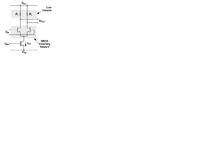antaryami.mt.er09
Member level 2
Hi...
can anyone tell me how can calculate the voltage drop across a current source in presence of another components?
can anyone tell me how can calculate the voltage drop across a current source in presence of another components?
